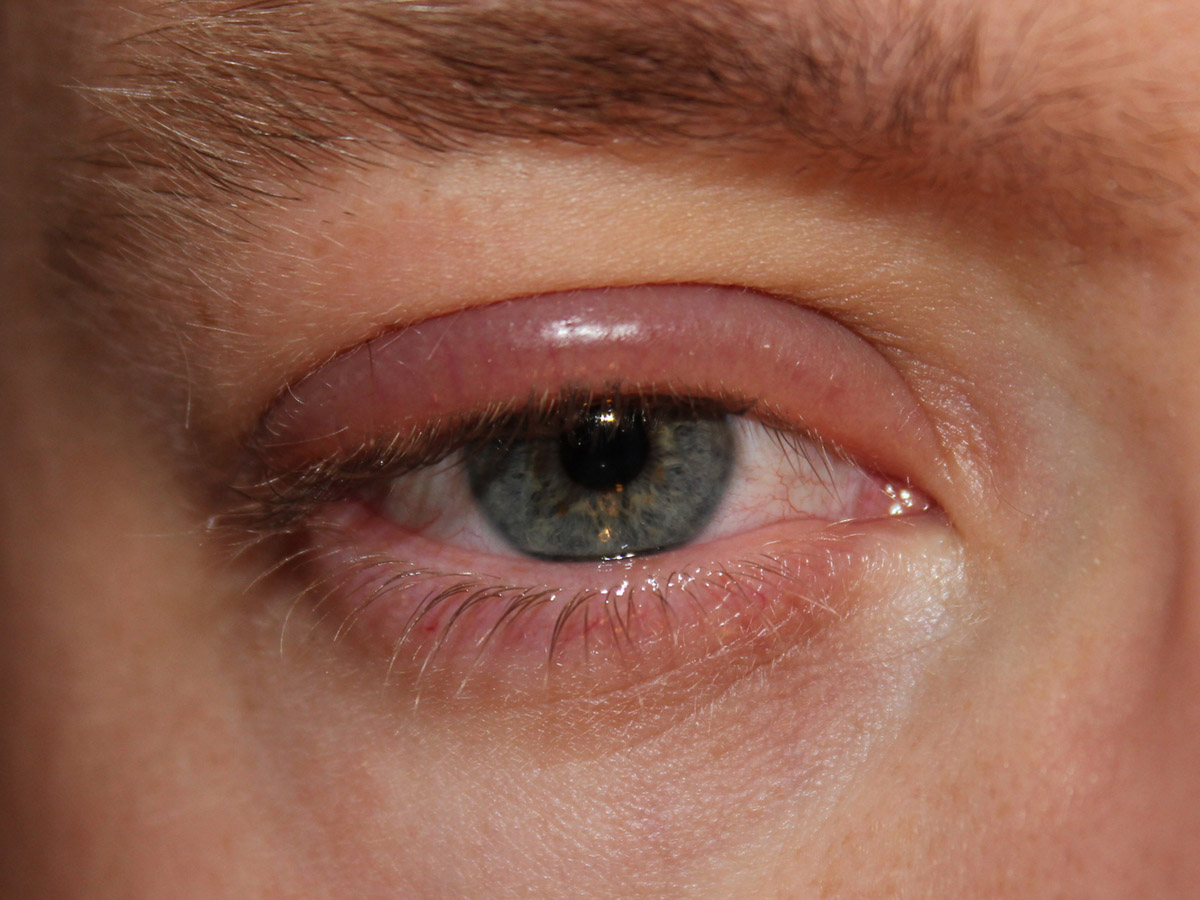
Information on Blepharitis
Blepharitis is a medical condition which involves redness and inflammatory conditions of the rims of the eyelids. The accompanying symptoms may also include itchiness of the eyelids, crusty eyelashes and burning, stinging or soreness in the eyes. It can be triggered by certain types of bacterial infections, seborrheic dermatitis and rosacea.
Rosacea involves the redness of the face while the aforementioned dermatitis causes itchiness of the scalp. Blepharitis is not contagious in any way. The condition may occur at any age although it usually affects persons who are over 50 years old. Certain cases of blepharitis are commonly accompanied by the dry eye syndrome.
Blepharitis is one of the chronic medical conditions which means that it is in most cases permanent. It cannot be fully cured but its symptoms can be controlled by maintaining an eye cleaning routine on a regular, daily basis.
Severe cases of blepharitis sometimes need to be treated with antibiotic medications. Blepharitis is not a serious medical condition in any way, and only certain rare and severe cases may involve serious complications.
Symptoms and Treatment
In most cases of blepharitis both eyes get affected and all the symptoms appear periodically in repeated episodes. A person may or may not experience all the symptoms that can be associated with blepharitis because they vary depending on the cause of the medical condition.
The symptoms include itchy eyelids, swollen eyelid margins, sore eyelids, loss of eyelashes, red eyelids, abnormal eyelash growth, crusty eyelashes, increased sensitivity to light, greasy eyelashes and gritty or burning sensations in the eyes. When the blepharitis is caused by certain other medical conditions it usually involves the symptoms of those conditions as well. Seborrheic dermatitis can be recognized by dandruff and oily skin, while rosacea commonly involves redness and spots on the skin.
Dry eye syndrome involves certain symptoms such as watering eyes, eye redness, and dry, sore or gritty sensations in the eyes which usually worsen as the day progresses. Blepharitis definitely cannot be cured but good ocular hygiene can greatly contribute to the reduction of the symptoms. The eye hygiene should involve warm compresses, rubbing gently over the compresses and cleaning the eyelids thoroughly.
Makeup of any type should be avoided. Eyelids can be cleaned with sodium bicarbonate or baby shampoo dissolved in water. Sometimes, the treatment involves the use of certain types of topical antibiotics such as fusidic acid eye drops or chloramphenicol eye ointment.







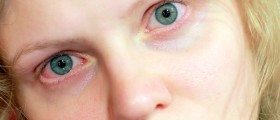

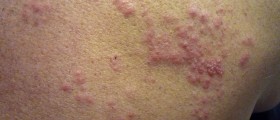

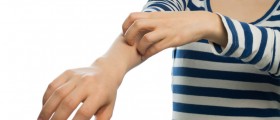

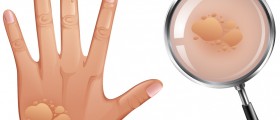
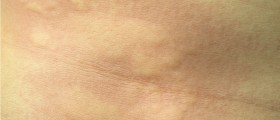
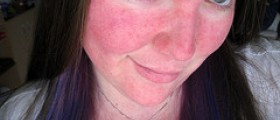

Your thoughts on this
Loading...